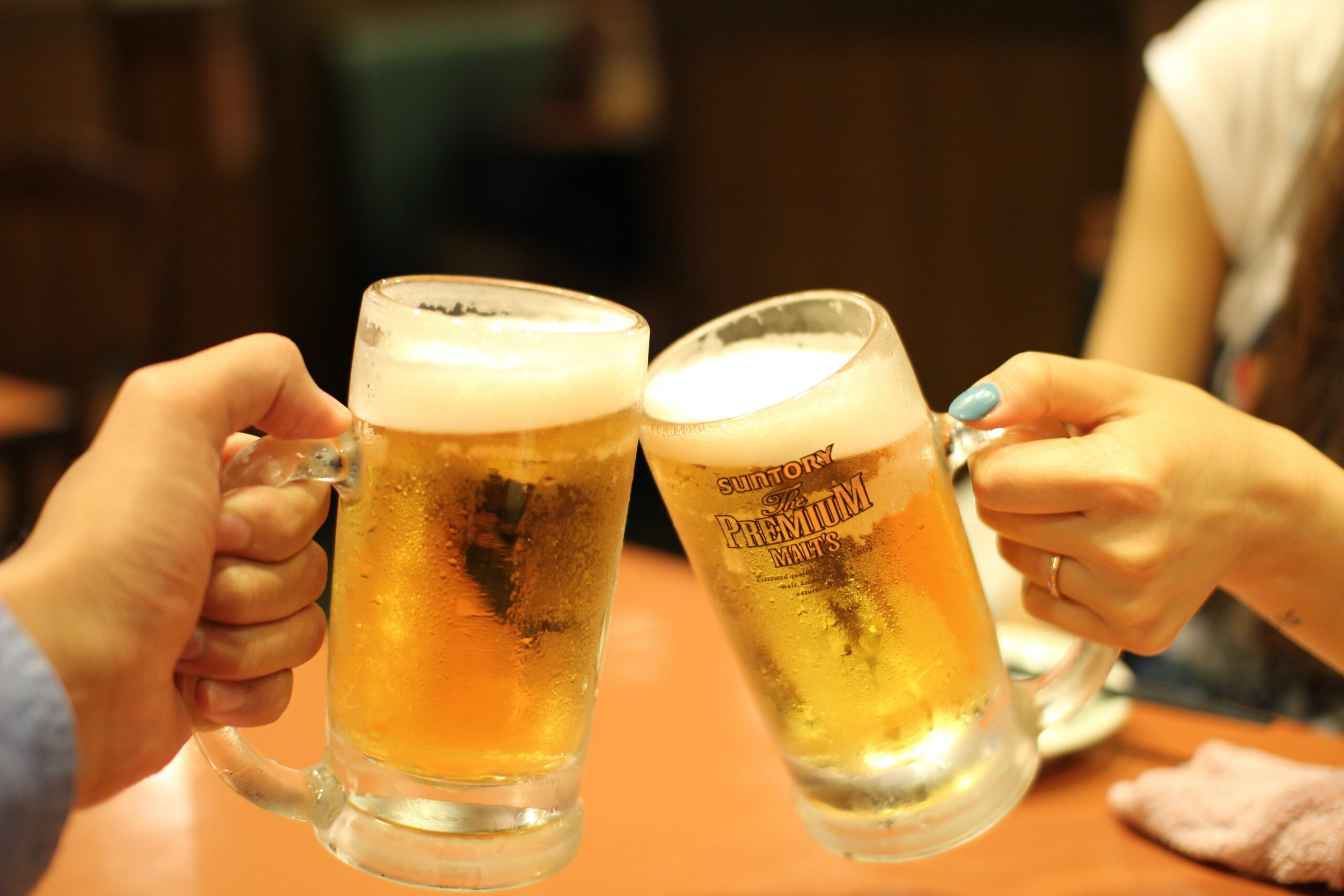How To Launch a Successful Beverage Product
Starting your journey to launch a beverage product is an exciting endeavor.
After years of developing your product concept, you’re now ready to turn it into reality. Being an entrepreneur allows you to pursue your passion, apply your knowledge, and build a thriving business.
However, reaching this goal requires significant effort. You must have a deep understanding of the current market landscape and its future trends. Securing investors and gathering the necessary resources to produce your product are essential steps.
So, what are the specific steps you need to take on this path? This guide will outline how to start a beverage company and provide eight actionable steps to follow.
If you’re a watcher rather than a reader, check out this excellent video by Flavorman TV about how you can launch your beverage company.
How To Launch Your Beverage Product
Step 1: Develop Your Idea
Starting a beverage company begins with research and development. Here are the key steps:
- Ideation: Before developing your product, consider the beverage industry’s scope. Think about whether you’ll focus on one product or offer various types, such as health drinks, juices, sodas, energy drinks, sparkling waters, coffees, teas, or alcoholic beverages. This helps you understand your competition. You can learn more about identifying and refining your business ideas here.
- Market Research: Conduct a thorough market analysis to assess potential competitors, market size, niche, and share. Understand your product’s unique value and consider factors like partnerships, capital, and a recipe or development company.
- Business Plan: Create a comprehensive business plan, including:
- Product costs: Determine production expenses and set a competitive price.
- Target audience: Identify your ideal customers and tailor your marketing accordingly.
- Differentiation: Highlight how your product stands out from competitors.
- Market entry strategy: Decide how and where you’ll launch your product.
- Sales strategies: Plan how you’ll sell your beverages and allocate advertising costs.
- Merchandise: Consider promotional items to attract a wider audience.
- Formulate Your Recipe: Collaborate with industry experts to create a formula that aligns with your vision, including any claims or certifications. Experts can also help source cost-effective ingredients.
Partnering with experts streamlines the formulation process, ensuring your product aligns with industry standards and budget constraints. This collaboration lays a strong foundation for your beverage startup.
Step 2: Validate
In the validation phase, you need to perform a feasibility assessment and some pilot testing, which provide crucial data for assessing the direction of your startup:
- Feasibility Assessment: During this analysis, industry professionals will identify areas for improvement and potential opportunities for your formula. They’ll also outline the risks and challenges you might encounter, along with a timeline for getting your drinks to market. – You can learn more about how to do this here.
- Pilot Testing: Pilot testing involves trying out your product in its early stages to gauge user feedback. This feedback helps you refine your product to meet the preferences of actual consumers. For instance, you can ask users what they like or dislike about your product compared to others, allowing you to make necessary adjustments. – Learn more here.
Additionally, consider conducting a small batch pilot run of your beverage. This involves producing a limited quantity of your finished product to gather feedback from consumers, distributors, and investors. It’s a way to:
- Begin production on a small scale to optimize your investment.
- Minimize risks by ensuring your beverage is ready for large-scale manufacturing.
- Improve your product by refining the recipe and production process.
- Present a professional image to stakeholders.
- Validate your brand with potential co-packers.
Step 3: Branding Your Beverage

Effective branding and packaging are crucial for your beverage’s success. They make your product easily recognizable, attracting consumers over competitors. Additionally, practical packaging that fits on shelves is essential.
Industry experts can assist in designing unique packaging tailored to your target market. For instance, they can suggest slim cans for low-calorie drinks or determine whether selling in packs of four or six is better. Using fresh ingredients is vital, and experts can help you source them cost-effectively.
Step 4: Create a Marketing Plan
Marketing is the next step in launching your beverage company and getting your product out there. Here’s what to do:
- Design Your Brand Logo: Creating a logo is crucial before your product hits the shelves. Decide early whether you’ll have one primary company logo or individual logos for each product. Make sure your logo is unique and reflects your product and brand personality. It’s a good idea to hire a graphic design expert for a polished logo.
- Establish an Online Presence: Whether you sell online or not, having an online presence is vital. Ensure your website is professionally designed and user-friendly. Include your logo, products, company history, and contact details. Maintain active social media profiles with regular updates. An online presence fosters ongoing marketing and builds trust with your target audience.
- Promote Your Brand: As you progress in your drink startup journey, effective promotion becomes essential. Develop a well-thought-out marketing strategy to ensure long-term success and attract more customers and profits. Consider various advertising methods like website content, email marketing, social media engagement, hosting events, offering in-store samples, and providing discounts or coupons.
We’d recommend reading our complete guide to marketing when you get to this stage.
Step 5: Launch Your Beverage Product
Now it’s time to get your beverages onto store shelves as you launch your drink startup. Follow these key steps for success:
- Find a Manufacturing Partner: Before starting your drink startup, consider partnering with a co-packing company to manufacture your product. Finding the right co-packer can be challenging, but it’s crucial to make sure they can produce your product to your specifications, budget, and scale.
- Plan Your Distribution: Whether you plan to handle distribution yourself or seek larger distribution deals, it’s essential to weigh your options and their associated costs. Self-distribution may seem simpler initially, but you must consider expenses like fuel, vehicle maintenance, staff, mileage, and insurance. Keep in mind that the three-tier system mandates using distributors for alcoholic beverages.
What Marketing Strategies Can I Use To Launch My New Drinks Business?
Social Media Engagement: Establish a strong social media presence to connect with customers. Collaborate with influencers, create short videos, and host live sessions to engage online.
- Compelling Brand Story: Craft a captivating brand narrative that narrates the brand’s inception and founder’s inspiration, fostering customer loyalty.
- Behind-the-Scenes Insights: Share behind-the-scenes content, such as videos and images of facilities and manufacturing processes, to maintain visitor interest.
- Local Event PR: Participate in local food and beverage events, host activities, giveaways, and festivals to connect with potential consumers.
- Eye-Catching Packaging: Invest in visually appealing product packaging to attract new customers.
- Creative USP Presentation: Showcase unique selling points creatively to highlight what sets your brand apart.
- Omnichannel Presence: Maintain a consistent and unique customer experience across multiple platforms to attract prospects.
- Captivating Display Designs: Create attention-grabbing retail displays, including animated graphics and banners, to leave a strong impression.
- Relatable Content: Produce content that resonates with customer needs, such as videos, blogs, and articles, to stand out and become a one-stop shop.
- Seasonal Deals and Offers: Time promotions with seasons and holidays to pique customer interest, offering discounts, freebies, and special deals.
Overview
Now that you’re equipped to launch your new beverage product, check out our ultimate product launch guide for further information and check out our top 10 free tools that can help you kickstart your business.







